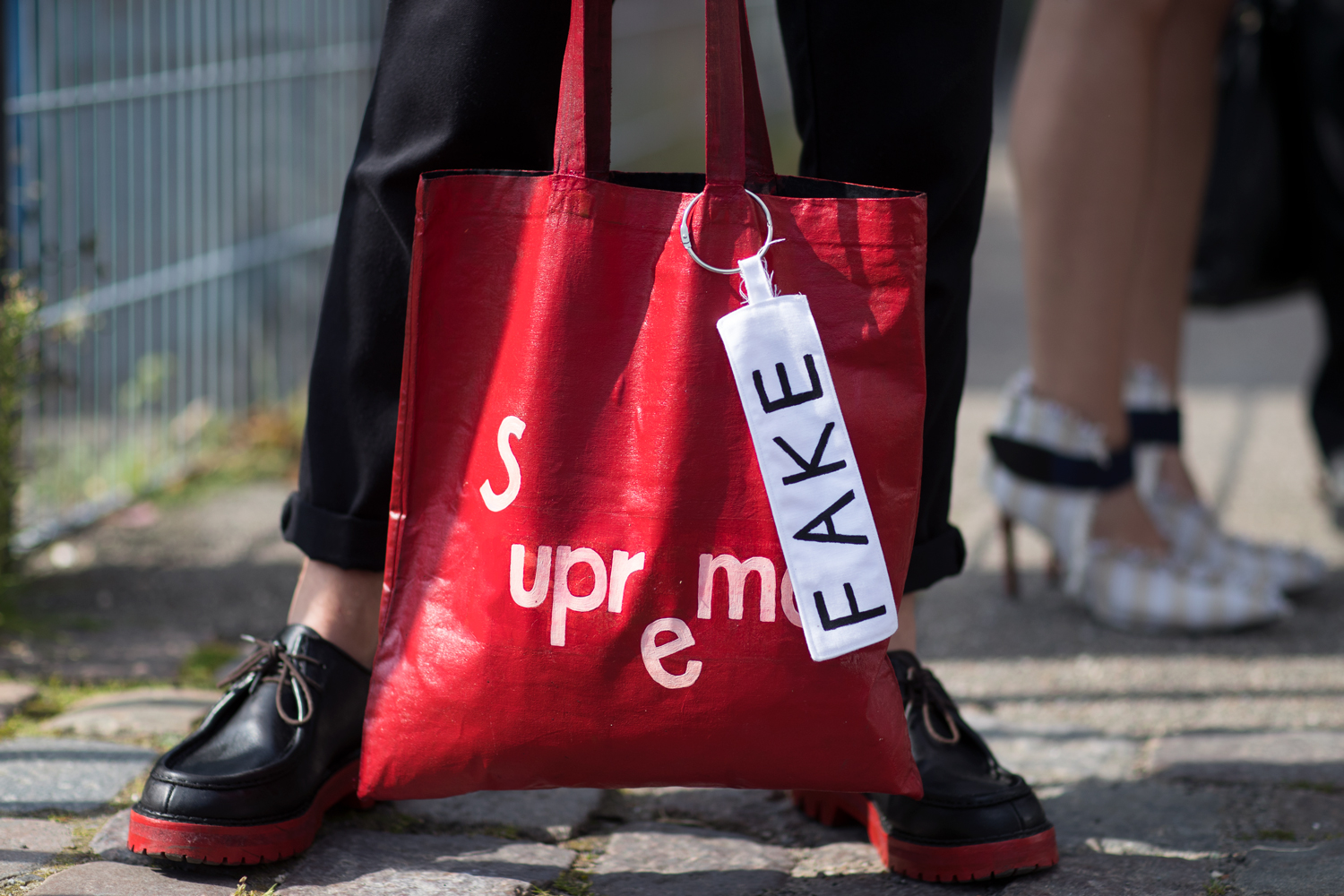Instagram's Counterfeit Problem Is Becoming Worryingly Big
New research has revealed that counterfeit goods are growing at an alarming rate on Instagram. Analytics company Ghost Data studied the level of fake luxury products being sold on the social media platform. The result? Scam accounts have almost tripled over the last three years.
Nearly four million Instagram posts were analysed using a mixture of logo recognition technology and keyword and hashtag searches. More than 56,000 accounts were found to be linked to the luxury counterfeit industry. In 2016, this figure was just over 20,000. Not only are there more counterfeit accounts on the platform but these accounts — which tend to originate in China and Russia — are more active than ever. According to Ghost Data’s report, 65 million posts are popping up each month. Three years ago, only 14.5 million monthly posts appeared.
This growth could be down to a few things. As well as producing goods that are barely indistinguishable from the real thing, counterfeit account owners are using innovative methods to attract customers.
Hashtags including #mirrorquality and #replica are code words for fake goods. Accounts leave comments on the posts of real luxury brands, luring clients into their “cheaper” domain and asking them to pay via encrypted messaging apps such as WhatsApp. And the introduction of Instagram stories in 2016 allowed such accounts to advertise almost invisibly. After 24 hours, their story disappears; never to be seen again.
Certain brands prove to be more popular on the counterfeit market. Louis Vuitton, Chanel, Gucci and, slightly more surprisingly, Nike appear at the top of the list. Streetwear brands like Supreme that sell out in a flash are also fodder for fakers. The profit loss for luxury labels from online counterfeit sales can be astronomical. As The Fashion Law reports, it’s estimated to be over $30 billion a year.
It’s expected that a platform like Instagram would be doing all it can to appease a huge chunk of its fanbase. But apparently, the site isn’t being too helpful. “The luxury brands I speak to are frustrated because it’s so easy to find these accounts, but Instagram is not very responsive,” Ghost Data CEO, Andrea Stroppa, told NBC.
A spokesperson for LVMH (the company that owns Louis Vuitton, Dior, Givenchy, Fendi and more) also gave a statement to the publication about the lack of action: “Brand owners cannot remain the only ones taking action to chase online counterfeiters. [Platform operators’] efforts should be focused on strengthening actions to track, block and remove online listings and promotions for counterfeit goods.”
Banning counterfeit accounts is a little easier said than done. Far too much content appears each day on Instagram for manual analysis to have any effect. So the platform is using machine-based learning software to tackle the problem. However, this logo and brand name detection has so far only been adopted for advertisement posts, not the regular posts and stories that are permeating counterfeit accounts.
Instagram has said it is beefing up a scheme that gives brand representatives and intellectual property rights owners to report fake content. “We have a strong incentive to aggressively remove counterfeit content and block the individuals responsible from our platform,” a spokesperson for the platform told Vox. “We have devoted more resources to our global notice-and-takedown program to increase the speed with which we take action on reports from rights owners. We now regularly respond to reports of counterfeit content within one day, and often within a matter of hours.”
They continued: “Additionally, we continue to proactively fight against bad content, including content that may offer counterfeit goods, with sophisticated spam detection and blocking systems. Because many counterfeiters try to promote their services through spammy behaviour, we’re able to quickly remove this type of content, even without a report.”
Essentially, this is still placing much of the responsibility on brands. Taking such a stance could even impact Instagram’s future. Thanks to its new shoppable ecommerce feature, allowing accounts to sell directly to consumers, the platform is trying to position itself as the number one shopping destination for the social media-savvy generation. But will a growing counterfeit problem force luxury brands elsewhere?
Although it’s unlikely counterfeit accounts will ever be given access to the shoppable side, amplifying Instagram’s e-commerce potential could result in even more of a fake sales surge. It’s not like buying a counterfeit is a rarity for the average consumer. MarkMonitor’s most recent Global Online Shopping Survey found that 30 percent of people had unintentionally bought a fake product online between the years 2015 and 2018. As counterfeits get cleverer, more consumers are guaranteed to fall prey.
One of the biggest problems that Instagram faces is this: when one account is removed, another five appear in its place. Fighting that will be the platform’s next technological crusade. With the counterfeit industry being linked to sweatshops, terrorism and other organised crime rings, literal lives may depend on its success.
Written by Lauren Sharkey fashion features contributor at Fashion, Law & Business

